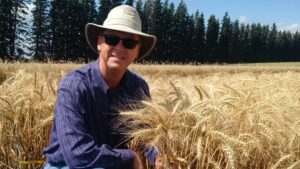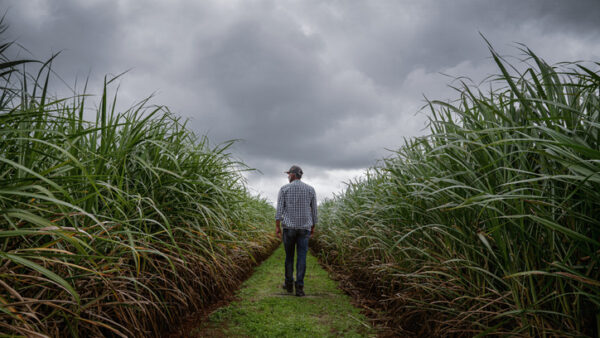As winter comes to an end and the spring planting season approaches, people are preparing for a new growing season. It goes without saying that one important aspect of this preparation is seed selection, as the quality of the seed used can have a significant impact on crop yield and overall success.
Or does it go without saying?
It’s worth reminding oneself of the two major goals of seed testing: attaining good plant establishment and not introducing any new weeds or diseases to the field.
These two goals are at the centre of everything we do in agriculture, but with the ideal winter we had in most areas of Western Canada, it’s easy to get lulled into a false sense of security as we move into this year’s planting season.
Even though the winter may not have been particularly harsh in some areas, there are still many factors that can impact the quality of the seeds used.
For example, exposure to moisture or heat during storage can reduce germination rates and decrease overall seed quality.
By getting seeds tested, you can gain valuable information about the quality of the seeds you plan to sell, including germination rates, seed purity, and seed vigour. This information can help them make informed decisions about which seeds to use and can also help them identify any potential issues before they become a problem in the field.
In addition, seed testing can help to prevent the spread of plant diseases and pests. You can reduce the risk of introducing these harmful organisms into fields and can help to protect the health of growers’ crops with simple seed tests.
While it may require some extra planning, the benefits of seed quality testing are too important to ignore.
It’s important to remember that things overlooked during seeding cannot always be made up later in the season. If you overlook something at the seeding stage, you effectively put a limit on the crop’s yield potential before the plants have even come out of the ground.
Our job at the end of the day is to make sure that things go as well as possible for seed growers and their clients. Yes, there are things that that are beyond a seed lab’s control, like fertilizer use and row spacing. But there are many things that we can figure out up front, including seeding rate, weed pressure, avoiding the introduction of new weeds into a field, as well as determining levels of disease pressure in a given field.
At this time of year, it’s worth a refresher to know how seed testing can help get a crop off to a best possible start. Remember the acronym P-R-O-F-I-T.

Plant a GERMINATION to know the maximum mature plant establishment
Request a % PURE SEED test to determine % PURE LIVING SEED
Order a VIGOUR test to determine emergence mortality
Find out the variation in seed size and density with a 1,000 SEED WEIGHT test
Integrate a TETRAZOLIUM test for a quick estimate of viability or levels of dormancy
Test for SEED HEALTH and PURITY to determine what fungal pathogens and weeds could affect your bottom line
Just because winter was fairly mild in most places is no reason to take seed quality for granted. It’s important to ensure what comes out of the bin is the same as what went in!













